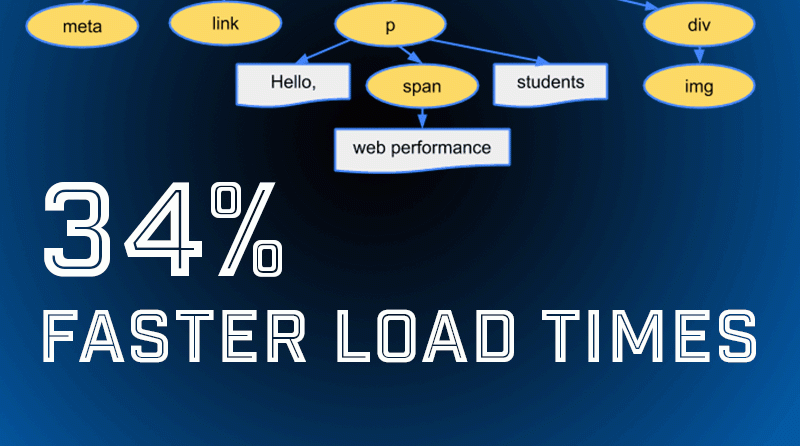When it comes to speed – history has shown us that there is never enough speed. Race car drivers always want to go faster, gamer’s always want faster graphics and a higher FPS, and webmaster’s always want their websites to load faster. A team over at the MIT Computer Science and Artificial Intelligence Lab (CSAIL for short) decided to tackle this problem and created an algorithm that claims to increase load times by 34%!
The new algorithm, called Polaris, helps to decrease page-load times by overlapping various page object download requests so that the overall page requires less time to load. “It can take up to 100 milliseconds each time a browser has to cross a mobile network to fetch a piece of data,” says PhD student Ravi Netravali, who is first author on a paper about Polaris that he will present at this week’s USENIX Symposium on Networked Systems Design and Implementation. “As pages increase in complexity, they often require multiple trips that create delays that really add up. Our approach minimizes the number of round trips so that we can substantially speed up a page’s load-time.”
The way Polaris will work is actually rather simple. First off Polaris will map out a dependency graph with the ideal load order for all the page resources. This is accomplished by watching the page load, noting how various page objects interact with eachother, and then ordering the requests in such a way that only the needed content is loaded first – assuming it’s used on the page at all.
MIT tested Polaris in 200 different network conditions and determined that, on average, the framework reduced page loading times by 34%. Best results were achieved with larger websites and with JS-heavy pages, where Polaris’ efficiency grows with the number of requests that need to be loaded.
